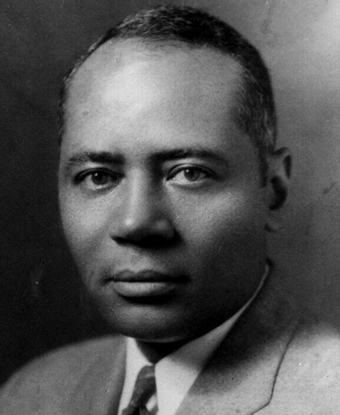Last updated: December 16, 2020
Person
Charles Hamilton Houston

Courtesy photo from Harvard Law Today
While Charles Hamilton Houston did not actively argue the Brown decision, he is given credit for laying the ground work that led to the NAACP strategy. Houston has been called “The Man who Killed Jim Crow” for his work in helping to end segregation.
While obtaining his law degree from Harvard School of Law, Houston became the first African-American editor of the Harvard Law Review. In 1929, Houston became the dean of Howard University Law School, and a mentor to so many civil rights attorneys, including Oliver Hill and Thurgood Marshall, both of whom worked on Brown v. Board of Education. Houston was responsible for making Howard University the facility to train civil rights lawyers.
In the 1930’s, Houston became the first special counsel for the NAACP. At this time, Houston and Marshall traveled through the rural south together to gather evidence to demonstrate unfair conditions that faced African Americans. With a handheld camera, they documented walls crumbling down, and other unsafe, unsanitary, and unfair educational conditions. Houston developed a strategy to start with the law schools and higher education, and integrate schools from the top down. He was approached by Gardner Bishop to help a group of students in Washington, D.C., obtain an equal educational experience. Houston became ill before Bolling v. Sharpe was filed. This case, along with four others, would come to the U.S. Supreme Court at the same time and become known as Brown v. Board of Education. While Houston was not directly involved with the Brown decision, he did help to lay the groundwork for the landmark decision and worked on many civil rights cases before his death in 1950.
